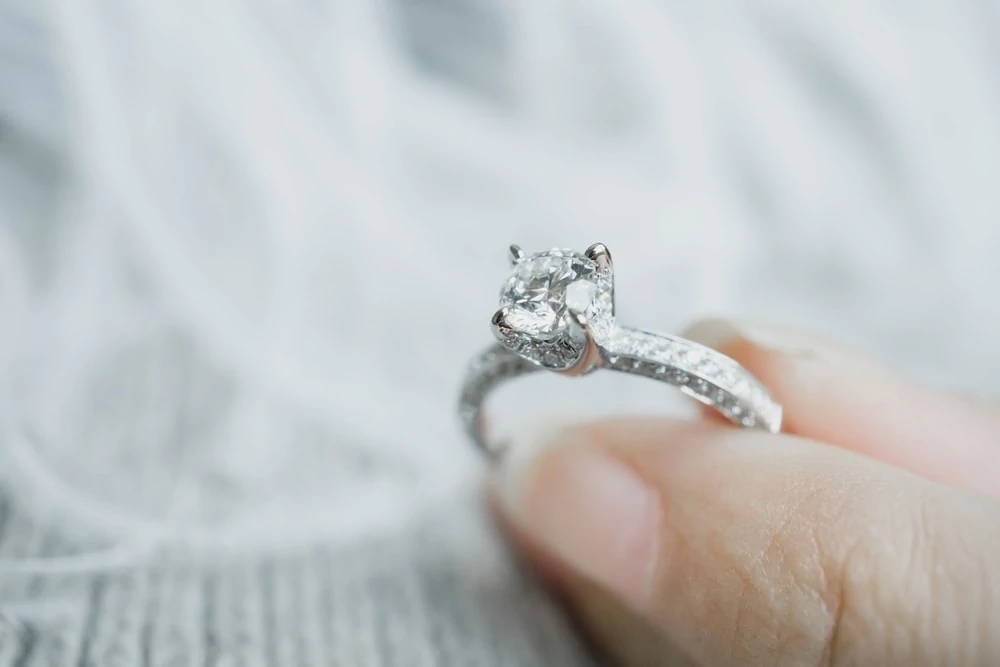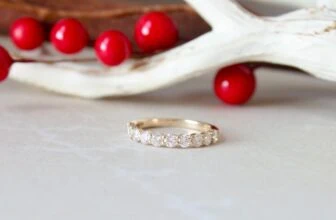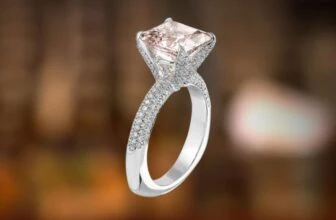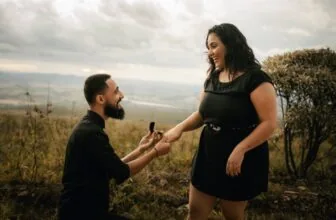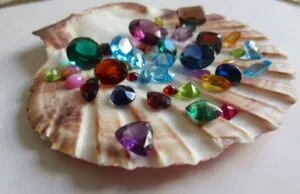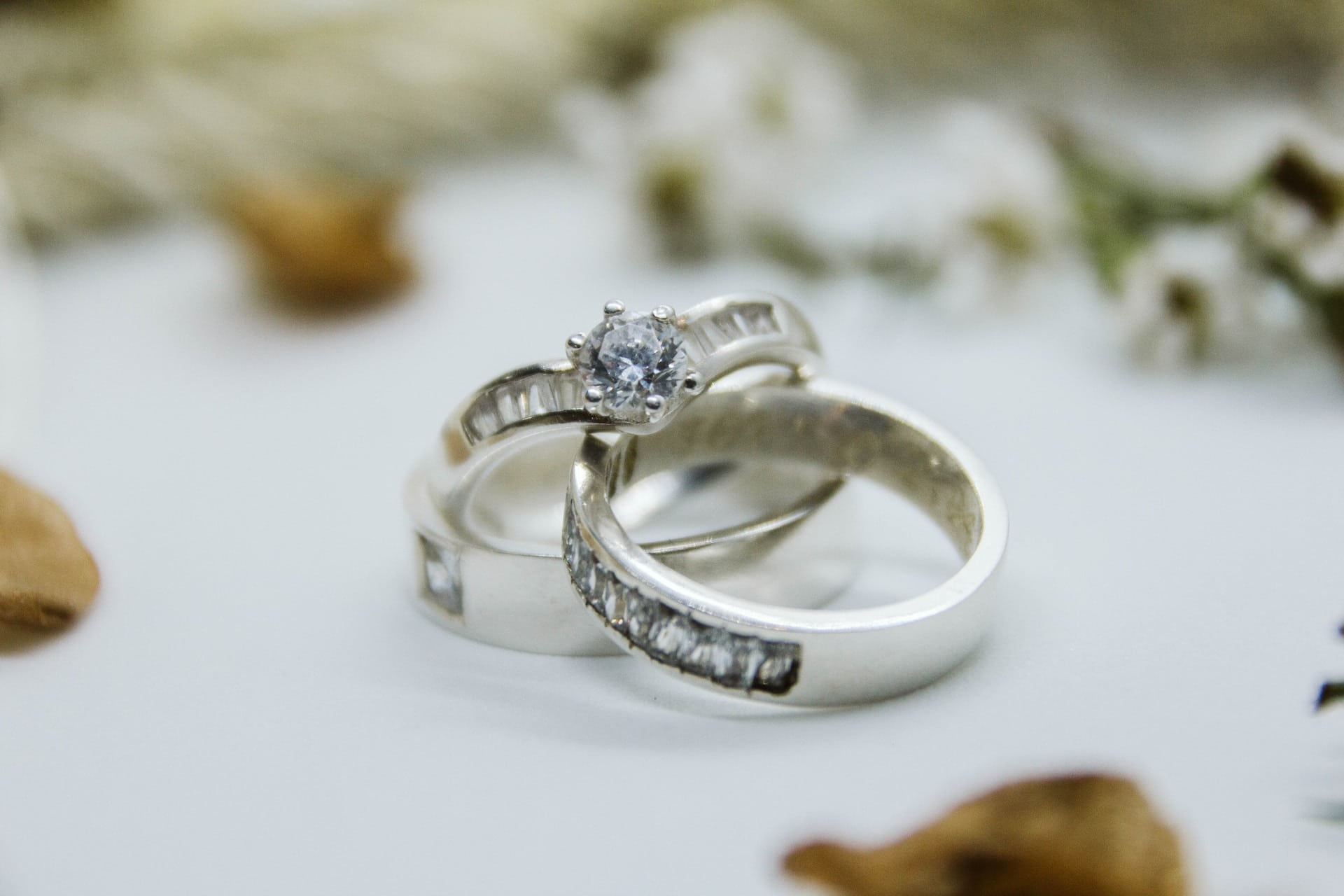
Table of Contents
One of the most popular types of ring settings, the channel setting adds sparkle, beauty, and personality. Whether you choose it for a wedding or engagement ring, here’s what to know.
What is a Channel Set Ring?
The channel setting consists of a series of identical diamonds (or other gemstone) set all around the circle of the ring within a grooved channel carved into the band. Because of how the diamond sits within the groove, the channel setting provides a lot of security for the diamonds. The likelihood of diamonds getting damaged or falling out are lower.
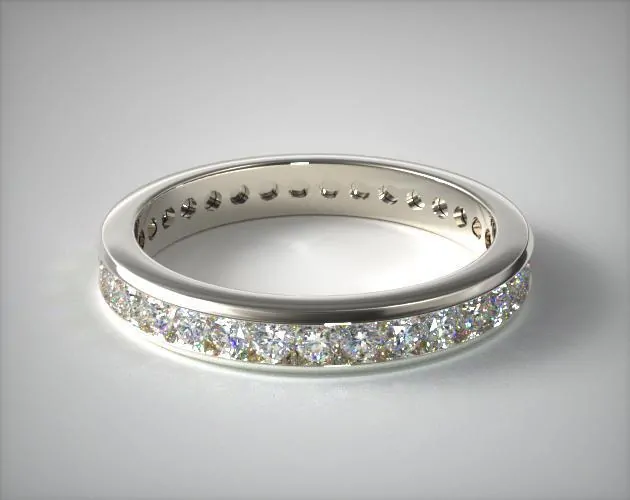
Channel settings have been a very popular choice for a long time because of how they make any ring look effortlessly chic. They tend to suit any style and can be tweaked around to provide unique designs.
Types of Channel Set Rings
The channel setting is very versatile and there are many ways that it can be used in a ring setting. The most popular style is the series of round brilliant diamonds set into the band in a row, but by changing the shape of the diamonds, the width of the band or type of gemstones, you can create unique and interesting designs. Here are some ways to make your channel setting engagement or wedding ring stand out.
1. Choose a Different Shape
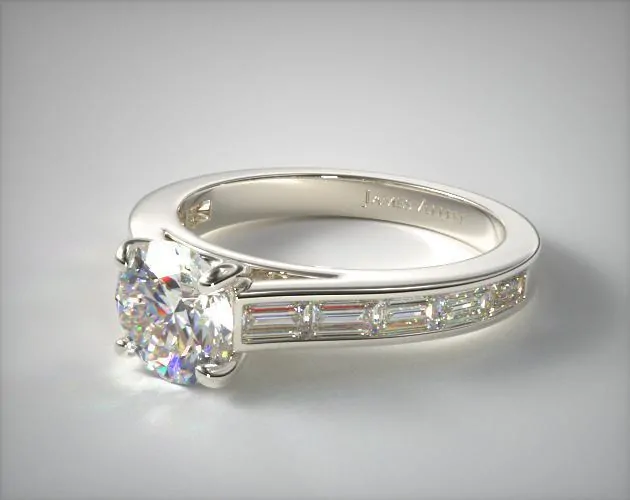
Although the round brilliant is the go to diamond shape for channel settings for most people, it’s a good idea to take some time and explore and the different options available to you.
For example, take a look at the ring above. By using baguette shaped diamonds in the channel setting, the ring takes on a classic, sophisticated and highly unique appearance that makes it stand out. What’s more, it complements the center diamond beautifully and really brings out the brilliance of the stone.
2. Spaces or No Spaces
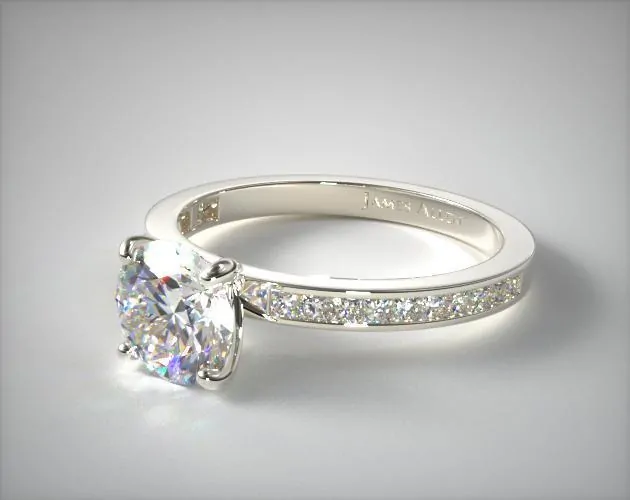
If you don’t like the idea of there being spaces between the diamonds, choose a gemstone shape that tessellates, or fits together. Choose square, rectangular or triangular shapes as these fit perfectly like a puzzle.
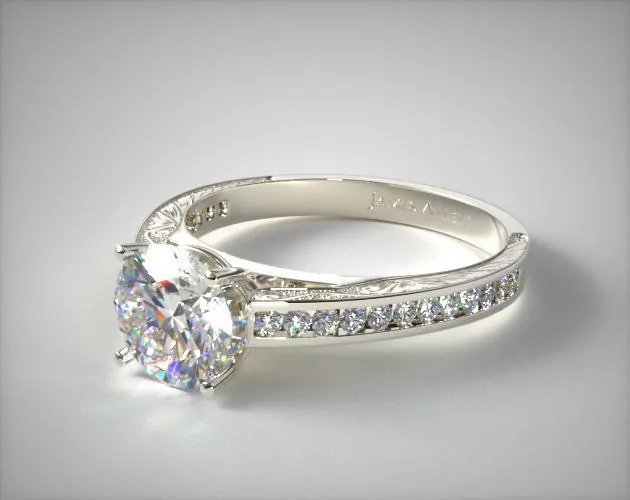
Round or oval shapes will always have that bit of extra space around them, which add an extra feature to the ring and tends to highlight the channel more. There’s no superior shape here, as it all comes down to your personal style.
3. Choose a Different Gemstone
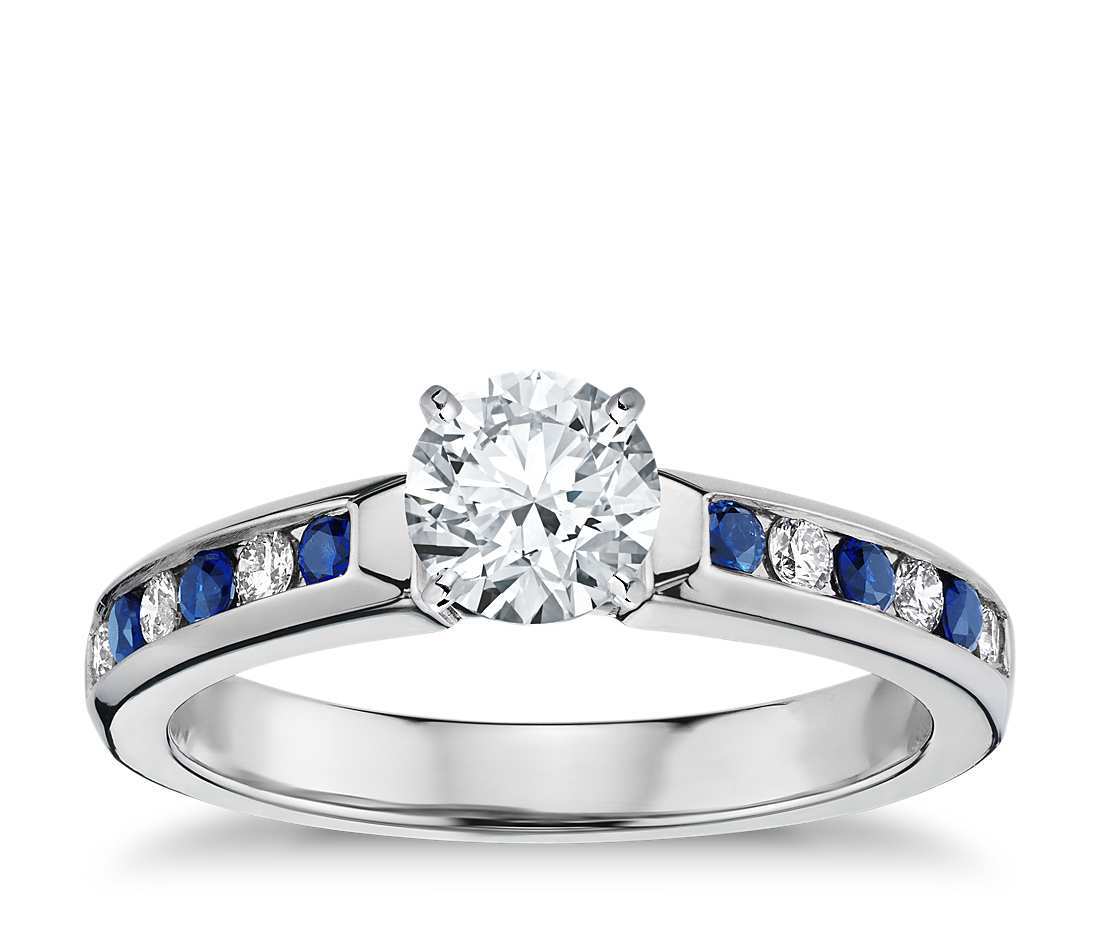
While most people think only diamonds, channel settings allow you to get creative by mixing and matching different gemstones. Consider including sapphires, rubies, or emeralds as accent stones to add color to the ring and to personalize it.
Because diamonds go well with all other gemstones, alternating diamonds and other precious stones is a great way to balance color and brilliance.
4. Pick a Matching Band Width
Channel setting rings can be thick or thin depending on the style. If you like a chunkier, more substantial look, choose a thicker ring, like this one or this engagement ring which is chunky but dainty at the same time. Wider bands are great for longer fingers and bigger hands.
However, if your hands are more petite, you might want to consider a thinner band, like this ring, which suit smaller hands.
5. Changing Channel Lengths
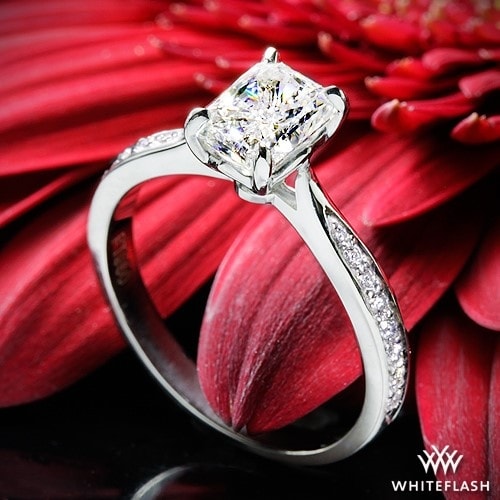
The channel length can change the appearance of the ring. You can choose to have little diamonds go all around the band or stop halfway.
Channel settings that go around the entire circumference of the band and have no center gemstone are called eternity bands and are popular as wedding rings.
It can be very difficult, if not impossible, to resize a ring that has diamonds set all around the band. Most channel set engagement rings on the market tend to stop halfway around the band. This is a practical choice as it allows for resizing of the ring if necessary. It can also be more economical to opt for smaller lengths.
6. Choose the Channel Width
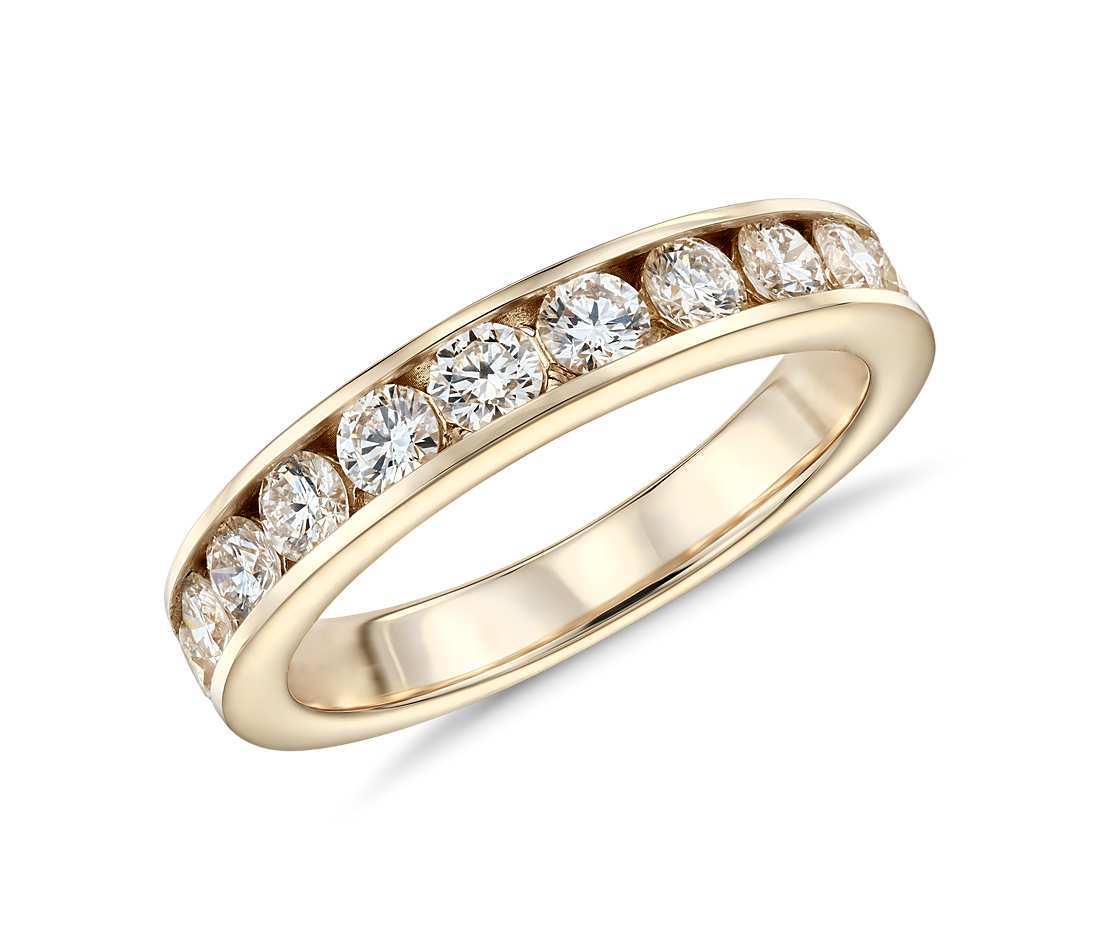
Channel width correlates to diamond melee sizes. The thicker the channel width, the larger the diamonds have to be as they need to fit snugly within the channel.
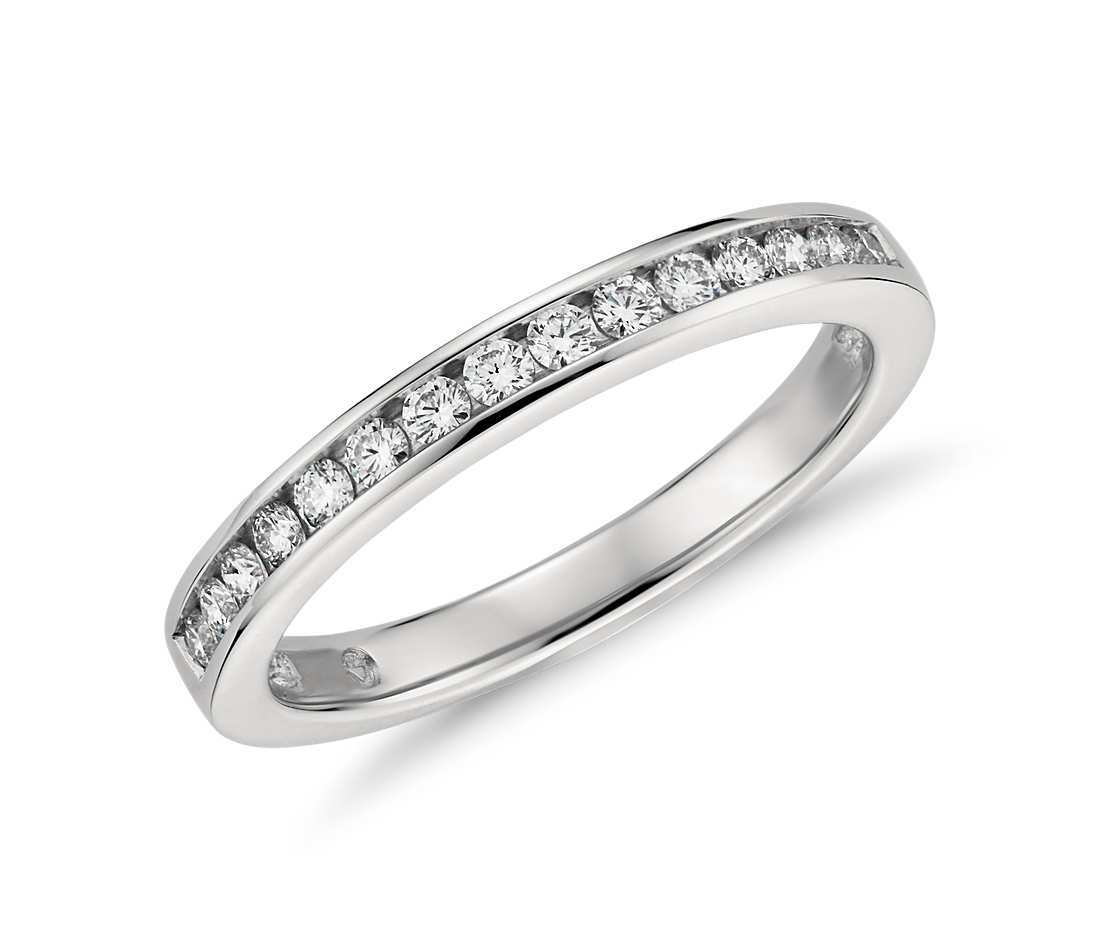
Compare these two rings. As you can see, the ring on the left has a wider channel and therefore requires larger diamonds. The ring with the thinner width has smaller diamonds. This contributes to the overall aesthetic of the ring and which you choose depends on which you find more beautiful.
What’s the Difference Between Channel and Pave Settings?
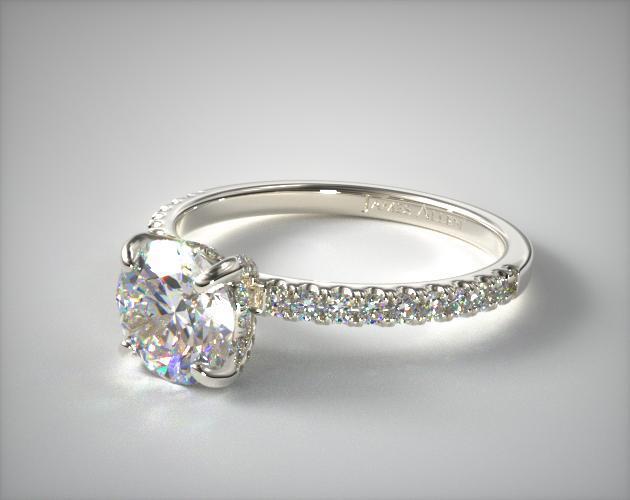
How They Hold the Diamond: Pave settings hold the diamonds in place via small metal prongs on the metal band, whereas the channel setting has the diamonds placed within the groove. As a result, pave set diamonds are more exposed to knocks and bumps and more likely to fall out than channel set stones.
How They Sparkle: Pave set rings are more brilliant than channel settings because of the way light is allowed to interact with the melee diamonds. Pave settings can make the center stone look larger and all the added brilliance makes for a dazzling ring.
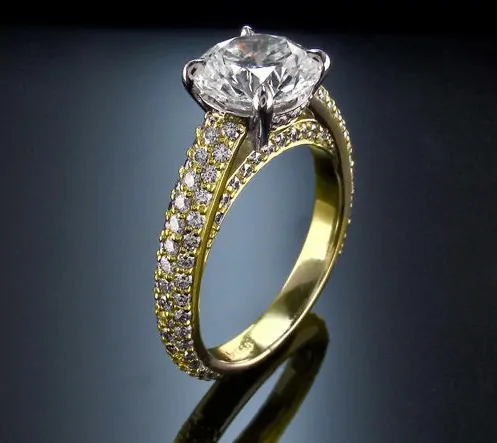
Type of Diamond Shapes Used: Round brilliant diamonds or gemstones are more commonly used for pave settings while channel settings are popularly set with round, square or rectangular designs.
How Secure They Are: Pave settings are not ideal for those with busy lifestyles and active hands. Channel settings offer more security.
Reasons to Choose a Channel Set Ring – Quick Pros
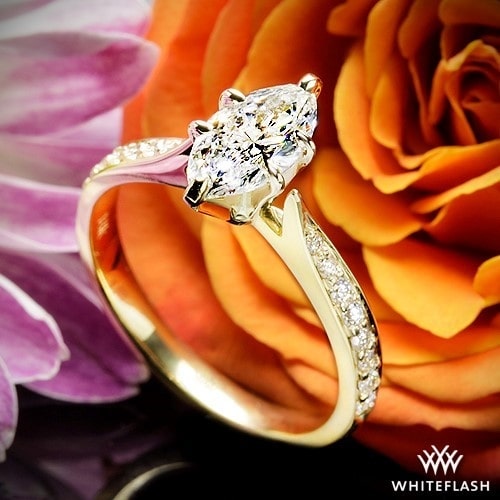
1. Higher Security
One of the benefits of the channel setting, compared to a similar settings such as pave, is that the channel setting offers very good protection for the little diamonds. Because the stones are set flush against the metal or just below and have a metal lip on either side of the groove to keep the diamonds in place, the stones are not highly exposed.
2. Low Maintenance
Because there are no prongs that can snag on your clothes or get worn over time, the diamonds in a channel set rings are low maintenance. They will suffer less damage than other settings where the stones are more vulnerably placed.
3. Brilliant Band
When diamonds are set around the band, this adds extra sparkle and brilliance to the overall look of the ring. This elevates a plain band and makes it look very chic and valuable.
4. Highlights Center Stone
The channel setting tends to draw your eye towards the center stone, placing it in focus. Even though the center gemstone shares the limelight with the band in a channel setting, it still emerges as the star.
Reasons Not to Buy a Channel Set Ring – Quick Cons
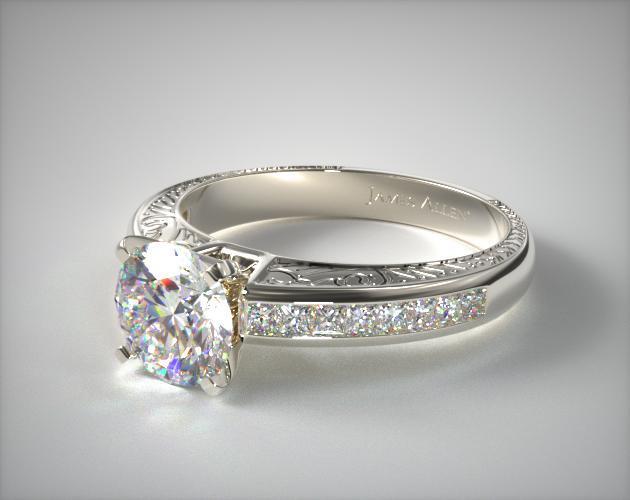
While the channel setting has a lot that makes it very desirable, there are a couple of disadvantages that come with it.
1. Harder to Resize
Channel settings are often more difficult to resize, especially if it has diamonds going all around the band. As finger sizes change over time, this is an important factor and one that you should check with your retailer prior to purchase. If in doubt, ask whether the ring is resizable.
2. Harder to Clean
A channel setting is harder to clean than some other settings because of the spaces and the grooves of the channel. This is especially true of channel settings with round brilliants set into the groove.
Cleaning your channel setting will require a little more effort and attention to detail, but it can be done at home with soap, water and a soft toothbrush. Avoid placing diamond engagement rings with small accent stones into ultrasonic cleaners as the intense vibrations can compromise the integrity of the stones.
Always remove any valuable ring when engaging in vigorous activity like gardening or playing sports to keep the ring safe. Also, avoid contact with harsh chemicals as these can damage your ring.
3. Lower Visibility of Stones
True, the channel setting adds a touch of sparkle to your ring but it is not as brilliant as some other settings such as pave or micro pave settings. Because these settings have more exposed accent diamonds, the sparkle is much higher as there is minimal metal to interfere with light performance.
The channel setting, on the other hand, does not allow maximum light performance due to the diamonds being partially concealed by the metal walls. Because diamonds need light to show off their brilliance, channel settings can subdue them somewhat. If you want a highly brilliant ring, then opt for pave settings instead.
4. Higher Costs
Channel set rings require more skill, effort, and materials than most other settings. This can translate to higher costs.
Where to Buy Channel Set Rings
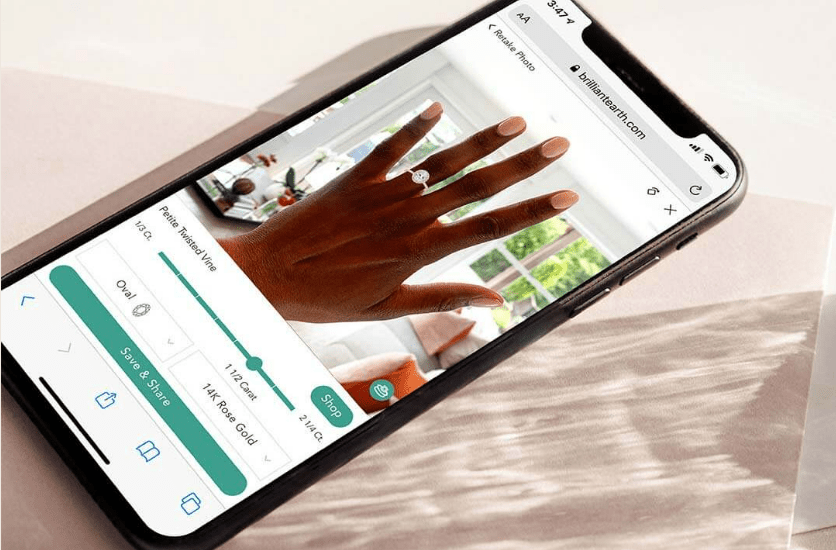
Because sizing is very important with channel settings, ensure that you find the correct size before you buy. Check that the diamonds or gemstones used for the channel are uniform in size and color. if a diamond has yellow tints while all the rest are colorless, it will stick out like a sore thumb, ruining the beauty of the ring.
Ensure that you purchase from a trustworthy retailer known for their high quality and good after sales policies. Whether you purchase in store or online, check carefully for any inconsistencies in the quality of craftsmanship. Always ask about the after sales policies in case of any issues. If purchasing online, we recommend starting your search at one of the following stores.
Why: Superior diamond imaging, competitive prices, high quality, wide range
An online giant in the diamond space, James Allen a stunning collection of high-quality diamonds and settings. The images and videos are unparalleled in quality and makes shopping online similar, if not better, to shopping in store.
Why: Competitive prices, wide range, great quality
Known for dominating the online diamond industry since the late 1990s, Blue Nile offers one of the largest online diamond inventories. Search round diamonds here at competitive prices, solid after-sales policies, and good customer service.
Why: Superior cut quality, exclusive range, stunning designs
Whiteflash has earned an international reputation for the elite quality of their precision cut diamonds, and for their impeccable collection of designer engagement rings. Check their stunning range of diamond jewelry and loose diamonds.
Why: Sustainable jewelry – 100% recycled metals and traceable diamonds
Brilliant Earth offers stylish settings made from 100% recycled metals and diamonds that can be traced to their source of origin. Their prices are also competitive and shopping online is super-streamlined. If you prefer to check them in-store, they have over 30 showrooms across the US.
Why: Impeccable quality, superior cut, small but exclusive inventory
Brian Gavin is a renowned expert in diamond cut – and it shows in their superior diamond quality. For the very best in diamonds, search their inventory of designer diamond jewelry and loose diamonds.
Check out our quick comparison of the top online engagement ring retailers for more information.
Wrapping Up
So, there you have it. We’ve had a look at the pros and cons of channel set rings, and it’s clear that they offer a lot of benefits. If you’re after a sophisticated, secure, and low maintenance setting, then the channel setting might be the perfect choice for you. However, if resizing and affordability are at the forefront of your mind, there are many other gorgeous settings to choose from.


